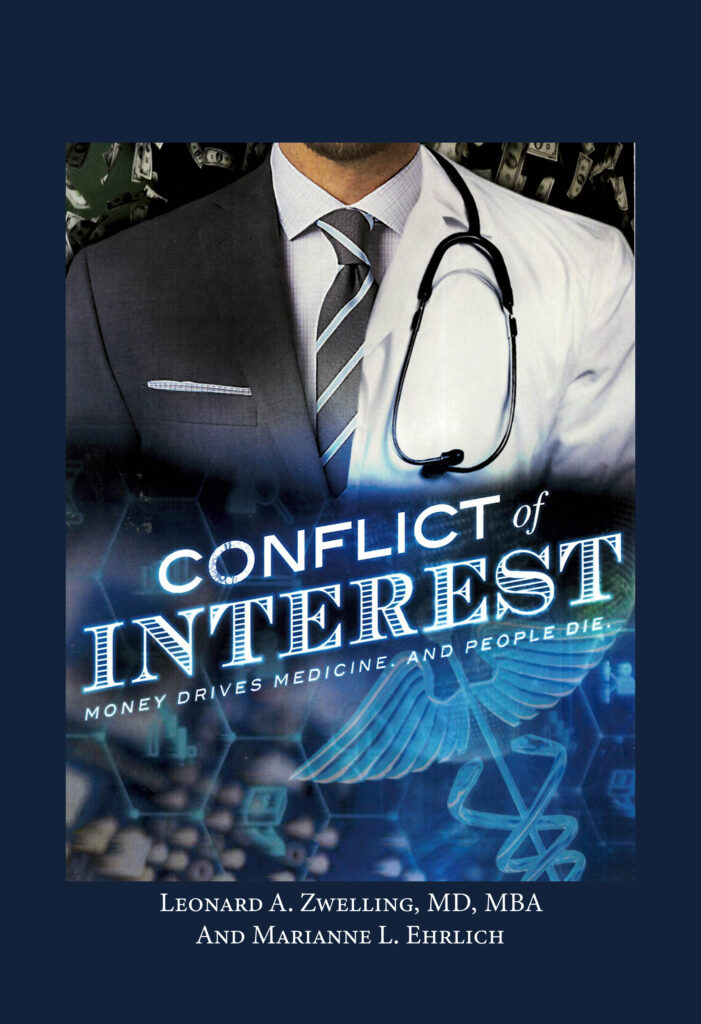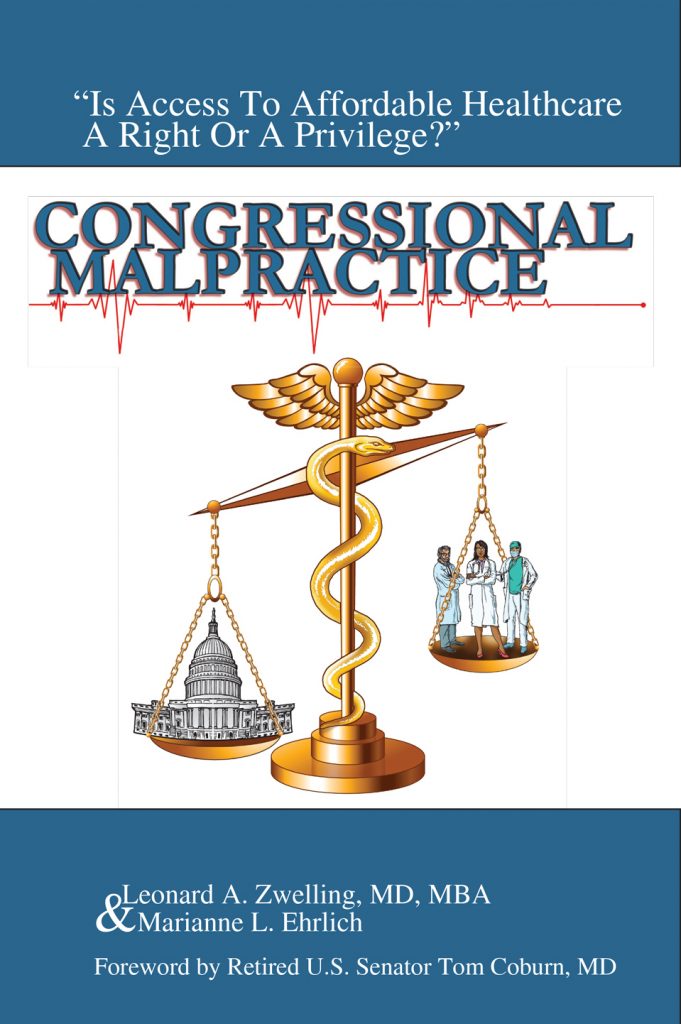Why I Am So Damned Angry-It’s
the Economy, Stupid-Part 1
By
Leonard Zwelling
Anyone reading this blog over the last few years would
suppose that my disdain for the current leadership of my former employer
derives from those individuals’ insensitivity to the needs of my former
colleagues and that leadership’s inept way with the English language. This is
not wrong, but it is not why I am so angry.
Politics is politics and humans do it poorly. That the
current crop of MD Anderson leaders does it more poorly (or is that less
poorly?) than the Mendelsohn crew is of no consequence to me. Stupidity has
always been the most powerful force in the Universe and I surely did not think
the coming of St. DePinho would alter that basic axiom, although, I hoped.
No, my objections to these folks are far deeper and far more
important than human foibles and bad manners. They are economic.
The financial forces unleashed on the MD Anderson faculty
over the past few years are no different than the ones plaguing every other major
academic center. Let’s break it down by mission areas.
MD Anderson has four: patient care, research, education and
prevention. What are the economics of each?
About 85% of MD Anderson’s income derives from patient care
in the form of direct payments, i.e., cash (rare sheikh with own 747 vs. stage
4 lung cancer patient from Kentucky who mortgages house to die in Houston),
Medicare and Medicaid reimbursement (common, but inadequate as the government
reimbursement rates barely cover the cost to Anderson of providing the care),
and insurance payments (the Big Kahuna). The cost to support all of this is
enormous and mostly fixed, meaning it does not vary with the number of patients
MD Anderson sees (why do you think they want you to see so many patients? If
you cost $300,000 and you see 3 more patents a day, they make more money.) The
big pieces of the fixed cost are personnel (mostly not docs) and
buildings (that includes air conditioning and janitorial services). The variable
costs of MD Anderson are mostly IV poles, Band-Aids, and, of course,
pharmaceuticals, the big three of which are antibiotics, anti-nausea drugs and
growth factors, not antineoplastics although those new, targeted drugs are
taking dead aim on patients’ and insurers’ wallets.
Economically,
patient care is a winner. Patient care (and to some extent clinical research by attracting patients)
makes money—for now.
Most non-clinical research is a loser. Every direct grant dollar is spent
by investigators who have check-writing privileges on “their” money. It is not
theirs at all but is awarded to MD Anderson on their behalf. Sorry, folks. You
have no grant dollars. The institution does. The cost of this research is
supposedly absorbed by the indirect cost dollars sent with the direct dollars
(also to MD Anderson), but I was taught many years ago by a former Anderson CFO
that the indirect dollars sent to Anderson do not even come close to defraying
the cost of research done by the faculty. Research is a loser.
Education? Surely, you jest! We make bupkes on teaching.
Prevention is really research and while some lucrative activities
(e.g., cancer screening) could go in the plus column, this too does not make the big
money.
MD Anderson also gets about $200M per year in philanthropy
which sounds like a lot, but it’s not as the institutional budget is well over
$3B and St. Jude’s brings in over three times more charity bucks than Anderson,
not to mention those designer couches are expensive. Maybe we should consider
hiring Beyonce and her friends to compete with Marlo and hers?
MD Anderson also has investment income that is managed by
UTIMCO with the rest of the UT money and this usually does quite well, except
in 2008 when the markets crashed. Why do you think they laid off 600 people
back then?
That’s pretty much the balance sheet with a new wrinkle. MD
Anderson now sells its name to be placed on the sides of health care facilities
around the country and the world. By definition this implies that the cancer care
in New Jersey and Arizona is as good as it is in Houston. (Hey, a red line is a
red line, right?) No one believes this, but it’s a clever ploy. There is also a
local network of care sites around Houston that bear the MD Anderson name. That
care is more likely to approximate the care given at 1515, but the malignant competition
is heating up in H-Town as CHI-St. Luke’s, Baylor, Hermann and Kelsey-Sebold
all claim to have “cancer centers” let alone the competition from Texas
Oncology and Cancer Treatment Centers of America. Dorothy, I don’t think that we
are not in 1994 any more.
So why am I so angry?
Because in 1950, Lee Clark created the best model of all to
both care for cancer patients and sustain the care endeavor economically.
Unfortunately, his successors, particularly the last two, have blown the model
up.
Dr. Clark had all cancer care services under the control of
one person. Him. The hospital. The clinics. The docs. The labs. The practice
plan. No physician was incentivized to care for a patient. The only concern in
the only arena of money making was the quality of that care. On this simple
model was built the greatest cancer fighting enterprise ever devised by man.
Then Governor Bush dropped the need for patients to be
referred to Anderson for care and the Mendelsohnians and now DePinhoans became
addicted to money. They cannot get enough of the stuff. They advertise like
Tiffany’s and run the place like Wal-Mart. If they could they would put a
revolving door at the front of Clark Clinic and biopsy every patient’s tumor
and wallet simultaneously on the way in. (Dr. Mendelsohn proposed the tumor
biopsy part to me once and was livid and barked at me when I told him it
violated federal HIPAA laws).
So here’s my question. At a time when there is more
competition than ever for the cancer patients who pay the bills, why would you
ratchet up research costs, build more buildings, over hire, and spend like a
drunken sailor? I don’t know either. That’s why I am angry.
MD Anderson had the winning model. Even if it was not the
highest quality care (and I believe to this day that it was and is), everyone
thought it was and that’s even better than being the best. Now Anderson has
regressed to the mean of every other academic center in Houston and beyond. (By
the way, the same thing happened 30 years ago at the NCI in Bethesda when they
got rid of all of those pioneers who trained me, or came to Houston, and turned Building 10 into a
semi-good community hospital. Maybe, it’s me?)
Now honestly, how smart is that?
Part 2 will be about how to fix it. Short version? Back to
the Future!




